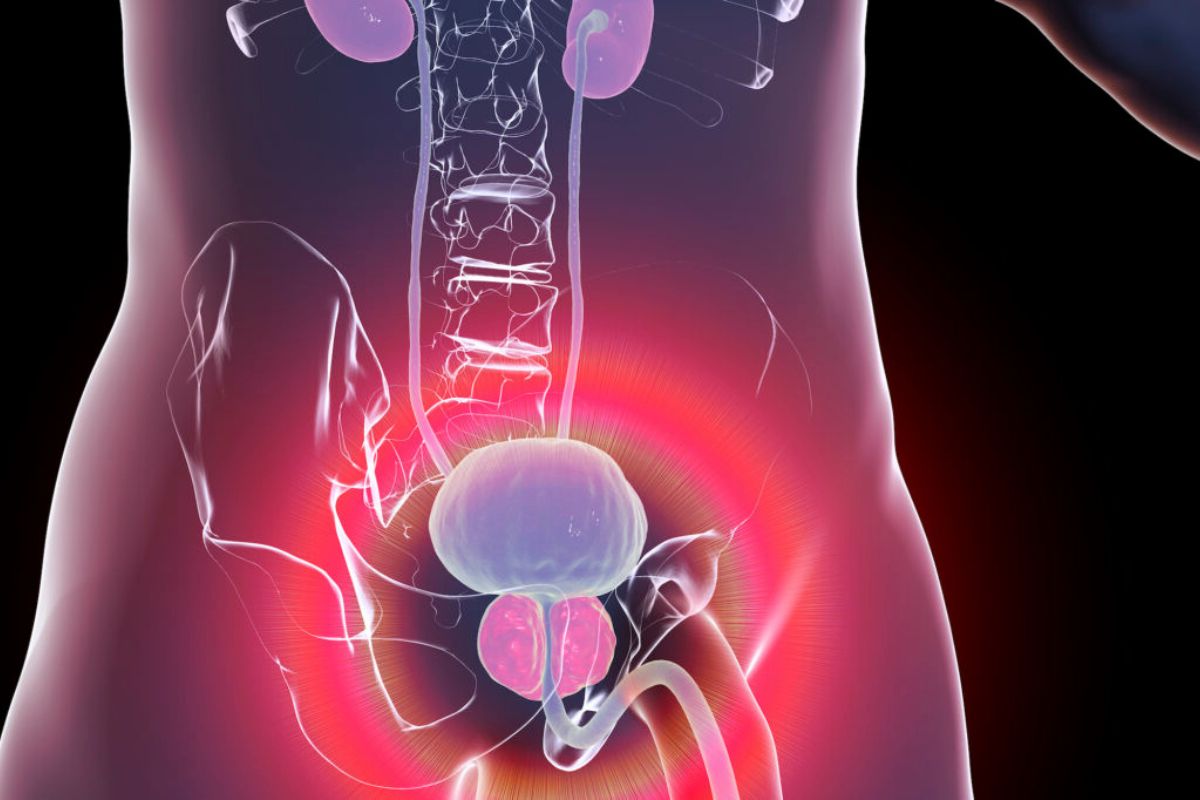
Benign Prostatic Hyperplasia (BPH), also known as an enlarged prostate, affects many men as they age. But what exactly is BPH? BPH is a non-cancerous increase in the size of the prostate gland, which can lead to uncomfortable urinary symptoms. These symptoms might include frequent urination, trouble starting to urinate, weak urine stream, or the feeling that the bladder isn't completely empty. While BPH isn't life-threatening, it can significantly impact quality of life. Understanding the facts about BPH can help in managing and treating this common condition. Let's dive into 50 essential facts about Benign Prostatic Hyperplasia to give you a clearer picture of what it entails and how it can be addressed.
What is Benign Prostatic Hyperplasia (BPH)?
Benign Prostatic Hyperplasia, or BPH, is a common condition affecting older men. It involves the enlargement of the prostate gland, which can cause urinary problems. Let's dive into some interesting facts about BPH.
- BPH is not cancer. It’s a non-cancerous enlargement of the prostate gland.
- The prostate gland is part of the male reproductive system.
- BPH mainly affects men over the age of 50.
- Symptoms include frequent urination, especially at night.
- The exact cause of BPH is unknown.
- Hormonal changes as men age may contribute to BPH.
- Family history can increase the risk of developing BPH.
- BPH can cause a weak urine stream.
- It can lead to a feeling of incomplete bladder emptying.
- BPH is diagnosed through a digital rectal exam (DRE).
Symptoms and Diagnosis of BPH
Understanding the symptoms and how BPH is diagnosed can help in managing the condition better. Here are some key points to know.
- BPH can cause difficulty starting urination.
- Urinary retention, or the inability to urinate, can occur.
- Blood in the urine is a less common symptom.
- A prostate-specific antigen (PSA) test can help diagnose BPH.
- Urine tests can rule out infections or other conditions.
- Uroflowmetry measures the strength of urine flow.
- Postvoid residual volume test checks how much urine is left in the bladder after urination.
- Cystoscopy allows doctors to see inside the bladder and urethra.
- Ultrasound can measure the size of the prostate.
- Urodynamic tests assess how well the bladder and urethra store and release urine.
Treatment Options for BPH
There are various treatment options available for BPH, ranging from lifestyle changes to surgical procedures. Here are some facts about these treatments.
- Lifestyle changes can help manage mild symptoms.
- Reducing fluid intake before bedtime can reduce nighttime urination.
- Medications like alpha-blockers can relax prostate muscles.
- 5-alpha reductase inhibitors can shrink the prostate.
- Combination therapy uses both alpha-blockers and 5-alpha reductase inhibitors.
- Minimally invasive procedures include transurethral microwave therapy (TUMT).
- Transurethral needle ablation (TUNA) uses radio waves to shrink the prostate.
- Laser therapy can remove prostate tissue.
- Transurethral resection of the prostate (TURP) is a common surgical procedure.
- Prostatectomy involves removing part or all of the prostate.
Lifestyle and Home Remedies for BPH
Simple lifestyle changes and home remedies can significantly improve BPH symptoms. Here are some practical tips.
- Regular exercise can improve overall health and reduce symptoms.
- Avoiding caffeine and alcohol can help reduce urinary frequency.
- Double voiding, or urinating twice within a few minutes, can help empty the bladder.
- Pelvic floor exercises can strengthen muscles around the bladder.
- Maintaining a healthy weight can reduce BPH symptoms.
- Eating a balanced diet rich in fruits and vegetables can be beneficial.
- Staying hydrated is important, but avoid drinking large amounts at once.
- Herbal supplements like saw palmetto are sometimes used, but their effectiveness is debated.
- Avoiding cold and allergy medications that can worsen symptoms is advisable.
- Regular check-ups with a doctor can help monitor the condition.
Complications and Risks of BPH
While BPH is generally not life-threatening, it can lead to complications if left untreated. Here are some potential risks.
- Untreated BPH can lead to bladder damage.
- Kidney damage can occur due to prolonged urinary retention.
- Urinary tract infections (UTIs) are more common in men with BPH.
- Bladder stones can develop due to incomplete bladder emptying.
- Severe cases can lead to acute urinary retention, requiring emergency treatment.
- Chronic urinary retention can cause discomfort and kidney problems.
- BPH can impact the quality of life due to frequent bathroom trips.
- Sexual function can be affected, causing issues like erectile dysfunction.
- Anxiety and stress can result from dealing with BPH symptoms.
- Early diagnosis and treatment can prevent most complications.
Key Points to Remember
Benign Prostatic Hyperplasia (BPH) affects many men, especially as they age. Understanding symptoms like frequent urination, weak stream, and difficulty starting can help in early detection. Risk factors include age, family history, and lifestyle choices. Treatments range from lifestyle changes and medications to surgical options, depending on severity. Regular check-ups and open communication with healthcare providers are crucial for managing BPH effectively.
Knowing these facts empowers men to take proactive steps for their health. Don't ignore symptoms; early intervention can make a big difference. Stay informed, consult your doctor, and consider all treatment options. BPH is common but manageable with the right approach. Keep these points in mind, and you'll be better prepared to handle BPH if it comes your way.
Was this page helpful?
Our commitment to delivering trustworthy and engaging content is at the heart of what we do. Each fact on our site is contributed by real users like you, bringing a wealth of diverse insights and information. To ensure the highest standards of accuracy and reliability, our dedicated editors meticulously review each submission. This process guarantees that the facts we share are not only fascinating but also credible. Trust in our commitment to quality and authenticity as you explore and learn with us.
